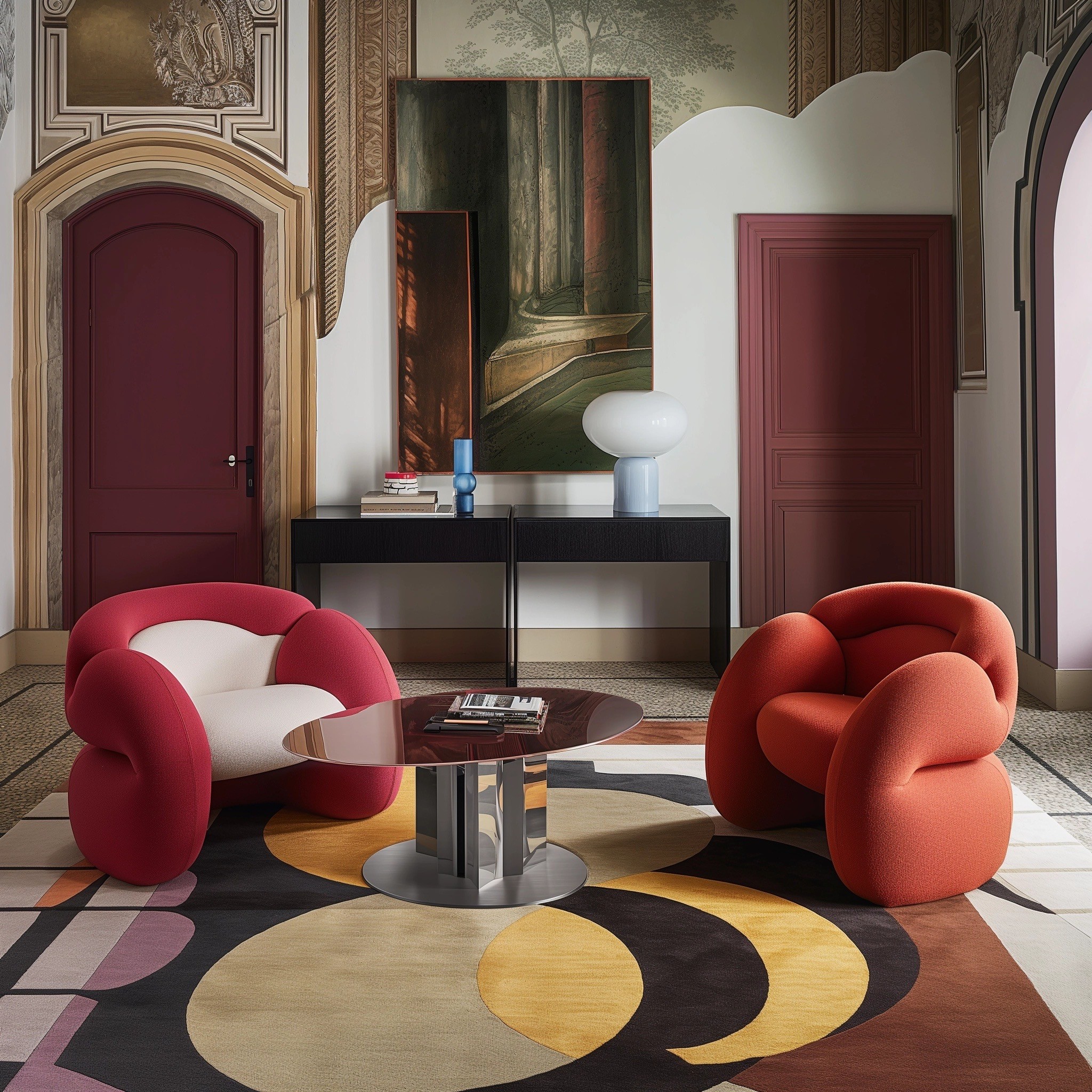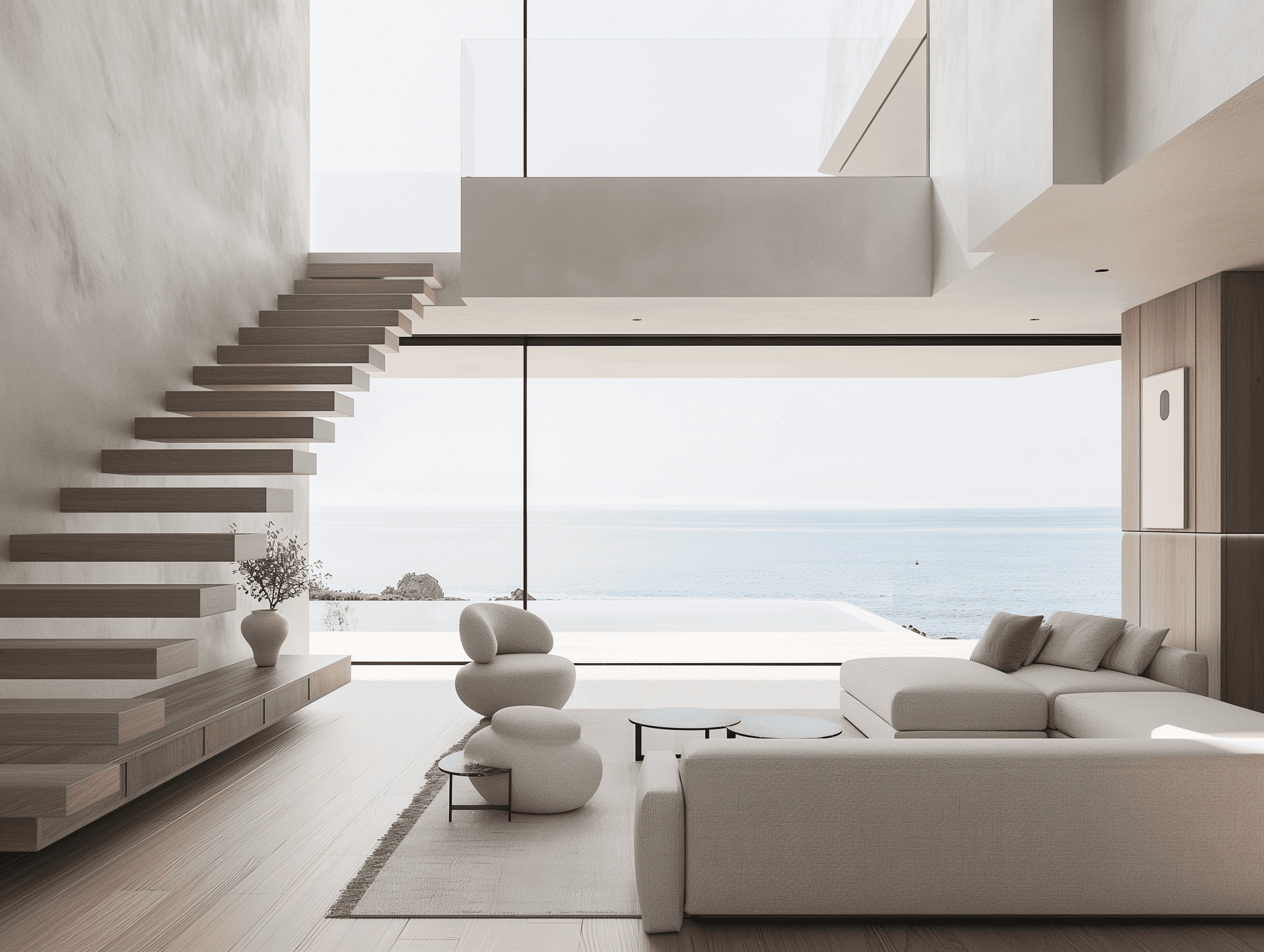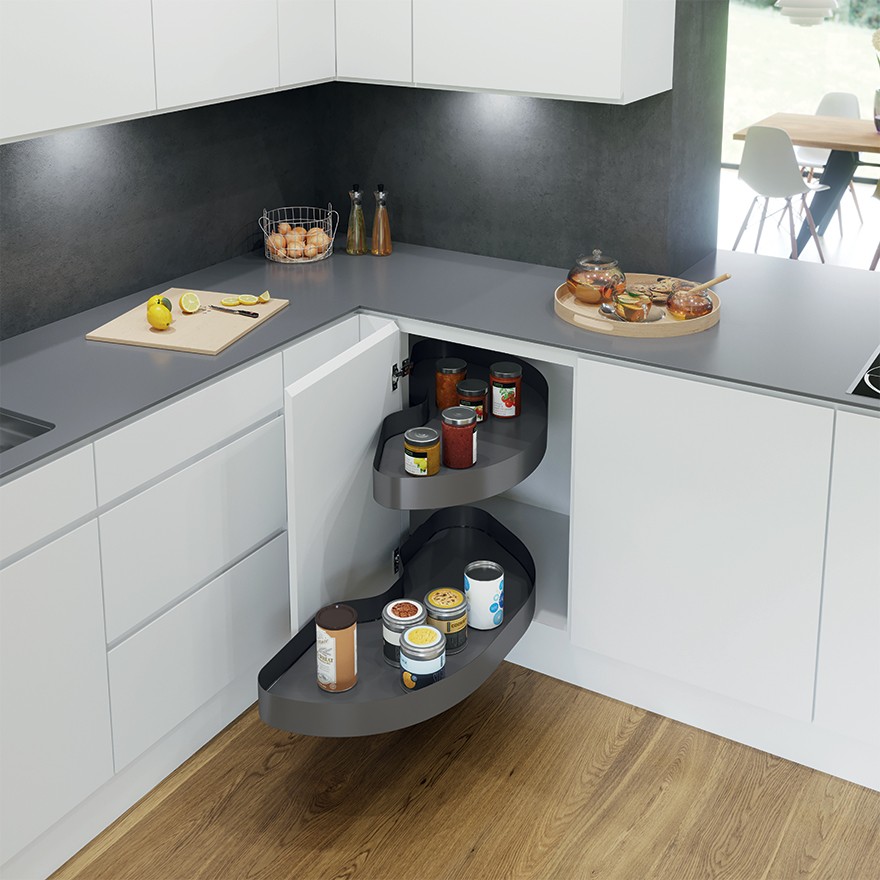
(
Feb 26, 2024
)
Embracing Individualism, Sustainability, and Tangibility
A Shift Towards Sustainability, Tangible Spaces, and Personal Expression
In 2024, interior design is expected to shift towards individualism, moving away from the AI-dominated trends, as shared by designers worldwide. While sustainable biomaterials and locally sourced materials continue to gain prominence, there's a departure from the earthy tones and soft shapes prevalent during the pandemic years.
Designers, like Becky Carter from the US, notice a growing interest in post-industrial aesthetics and quiet refinement. The maximalist trend of 2023 is giving way to a more individualistic and simpler approach, reminiscent of Halston's designs.

Studio Becky Carter designed the interior of Cecchi's restaurant. Photo by Joseph Kramm
Yohei Terui and Hiromu Yuyama from Japanese studio I IN predict a shift from earthy hues towards a more decorative style, driven by the desire for self-expression and individuality. New Delhi-based designer Iram Sultan anticipates emotional design, personalized spaces, and a fresh, sustainable approach in interiors.
Designers also express a preference for tangible spaces over AI-generated designs, emphasizing the importance of creating memorable, customized spaces in the face of the growing influence of AI technology.

The Standard in Ibiza was designed by Oskar Kohnen. Photo by Salva Lopez
In terms of material trends, there is a focus on natural and local materials, with an emphasis on sustainability. The use of wood and natural plasters is considered crucial for creating a sense of grounding. The resurgence of the arts and crafts style is anticipated, with a move towards more natural and less complex finishes.
Colors in 2024 are expected to range from pale fresh hues to stronger shades, with a return to solid bold colors. Warm tones like orange are emphasized. aligning with a feeling of being grounded.

Sustainability remains a key consideration for designers, with a commitment to creating lasting designs. Biophilic designs, incorporating plants and trees indoors, continue to be a staple in interior aesthetics, promoting a connection to the natural environment.
Sustainable design is seen as a global effort, with a focus on collaborative projects that empower local communities and embrace circular design principles. The use of local materials and artisan work is predicted to become synonymous with "high-end" in the future.

Lastly, designers plan to integrate technology into interiors to enhance the quality of living. The collaboration between the interior design and fashion industries is expected to contribute to the development of new technology, aligning with the overall goal of creating innovative and sustainable spaces.
More News
Explore insights, tips, and trends to elevate your brand.

(
Feb 26, 2024
)
Embracing Individualism, Sustainability, and Tangibility
A Shift Towards Sustainability, Tangible Spaces, and Personal Expression
In 2024, interior design is expected to shift towards individualism, moving away from the AI-dominated trends, as shared by designers worldwide. While sustainable biomaterials and locally sourced materials continue to gain prominence, there's a departure from the earthy tones and soft shapes prevalent during the pandemic years.
Designers, like Becky Carter from the US, notice a growing interest in post-industrial aesthetics and quiet refinement. The maximalist trend of 2023 is giving way to a more individualistic and simpler approach, reminiscent of Halston's designs.

Studio Becky Carter designed the interior of Cecchi's restaurant. Photo by Joseph Kramm
Yohei Terui and Hiromu Yuyama from Japanese studio I IN predict a shift from earthy hues towards a more decorative style, driven by the desire for self-expression and individuality. New Delhi-based designer Iram Sultan anticipates emotional design, personalized spaces, and a fresh, sustainable approach in interiors.
Designers also express a preference for tangible spaces over AI-generated designs, emphasizing the importance of creating memorable, customized spaces in the face of the growing influence of AI technology.

The Standard in Ibiza was designed by Oskar Kohnen. Photo by Salva Lopez
In terms of material trends, there is a focus on natural and local materials, with an emphasis on sustainability. The use of wood and natural plasters is considered crucial for creating a sense of grounding. The resurgence of the arts and crafts style is anticipated, with a move towards more natural and less complex finishes.
Colors in 2024 are expected to range from pale fresh hues to stronger shades, with a return to solid bold colors. Warm tones like orange are emphasized. aligning with a feeling of being grounded.

Sustainability remains a key consideration for designers, with a commitment to creating lasting designs. Biophilic designs, incorporating plants and trees indoors, continue to be a staple in interior aesthetics, promoting a connection to the natural environment.
Sustainable design is seen as a global effort, with a focus on collaborative projects that empower local communities and embrace circular design principles. The use of local materials and artisan work is predicted to become synonymous with "high-end" in the future.

Lastly, designers plan to integrate technology into interiors to enhance the quality of living. The collaboration between the interior design and fashion industries is expected to contribute to the development of new technology, aligning with the overall goal of creating innovative and sustainable spaces.
More News
Explore insights, tips, and trends to elevate your brand.

(
Feb 26, 2024
)
Embracing Individualism, Sustainability, and Tangibility
A Shift Towards Sustainability, Tangible Spaces, and Personal Expression
In 2024, interior design is expected to shift towards individualism, moving away from the AI-dominated trends, as shared by designers worldwide. While sustainable biomaterials and locally sourced materials continue to gain prominence, there's a departure from the earthy tones and soft shapes prevalent during the pandemic years.
Designers, like Becky Carter from the US, notice a growing interest in post-industrial aesthetics and quiet refinement. The maximalist trend of 2023 is giving way to a more individualistic and simpler approach, reminiscent of Halston's designs.

Studio Becky Carter designed the interior of Cecchi's restaurant. Photo by Joseph Kramm
Yohei Terui and Hiromu Yuyama from Japanese studio I IN predict a shift from earthy hues towards a more decorative style, driven by the desire for self-expression and individuality. New Delhi-based designer Iram Sultan anticipates emotional design, personalized spaces, and a fresh, sustainable approach in interiors.
Designers also express a preference for tangible spaces over AI-generated designs, emphasizing the importance of creating memorable, customized spaces in the face of the growing influence of AI technology.

The Standard in Ibiza was designed by Oskar Kohnen. Photo by Salva Lopez
In terms of material trends, there is a focus on natural and local materials, with an emphasis on sustainability. The use of wood and natural plasters is considered crucial for creating a sense of grounding. The resurgence of the arts and crafts style is anticipated, with a move towards more natural and less complex finishes.
Colors in 2024 are expected to range from pale fresh hues to stronger shades, with a return to solid bold colors. Warm tones like orange are emphasized. aligning with a feeling of being grounded.

Sustainability remains a key consideration for designers, with a commitment to creating lasting designs. Biophilic designs, incorporating plants and trees indoors, continue to be a staple in interior aesthetics, promoting a connection to the natural environment.
Sustainable design is seen as a global effort, with a focus on collaborative projects that empower local communities and embrace circular design principles. The use of local materials and artisan work is predicted to become synonymous with "high-end" in the future.

Lastly, designers plan to integrate technology into interiors to enhance the quality of living. The collaboration between the interior design and fashion industries is expected to contribute to the development of new technology, aligning with the overall goal of creating innovative and sustainable spaces.
More News
Explore insights, tips, and trends to elevate your brand.

